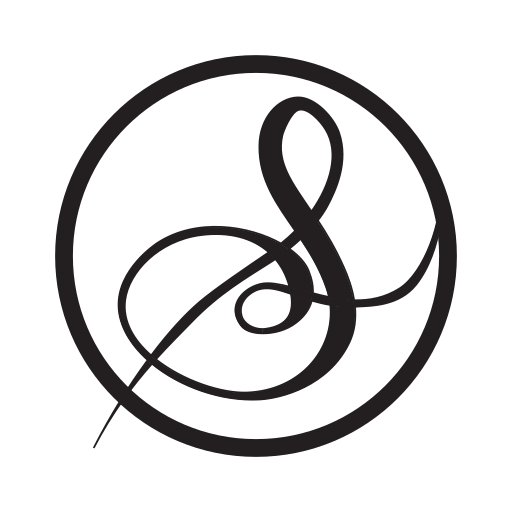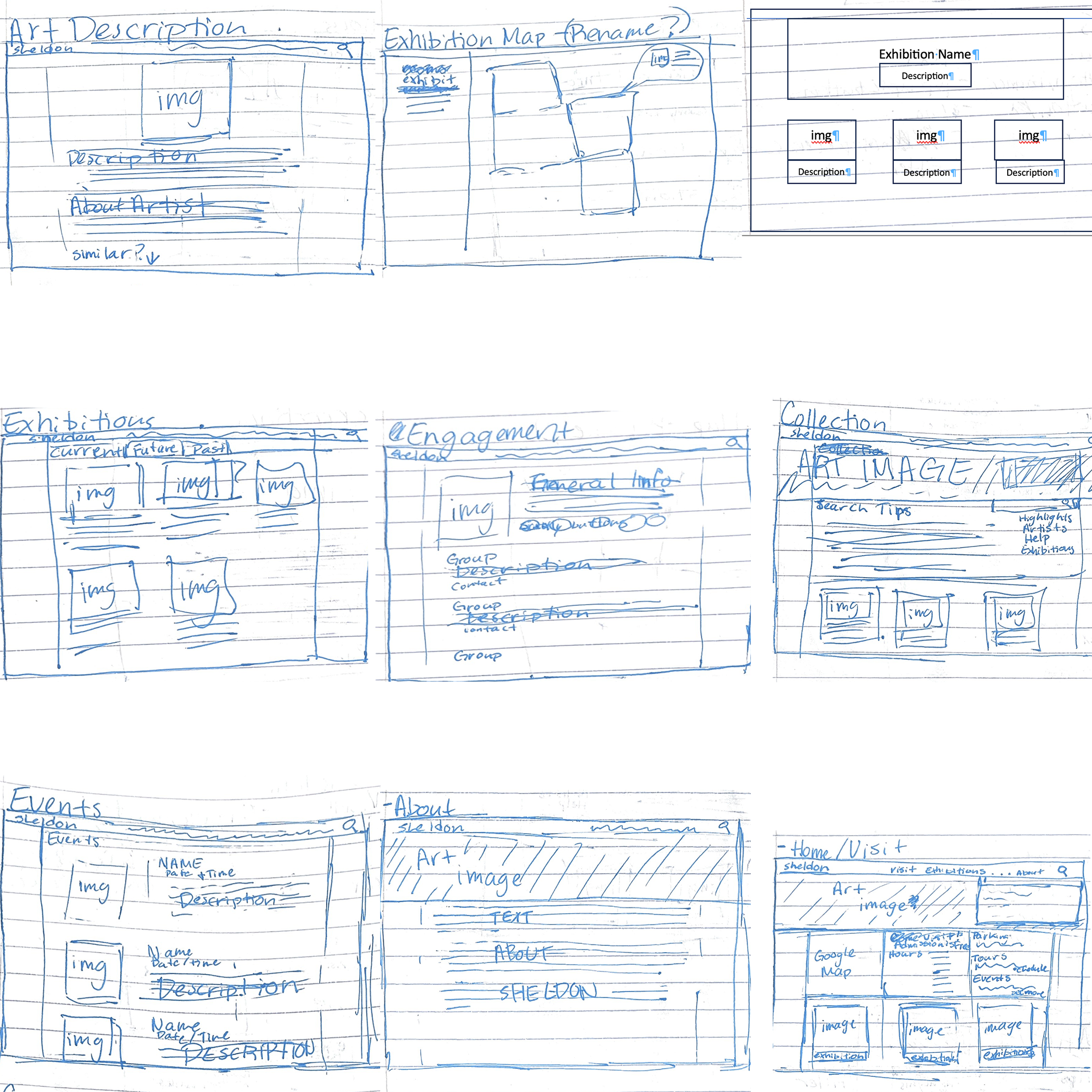
Sheldon Website Redesign
As a member of the Sheldon Student Advisory Board, I frequently visit Sheldon’s website
to look up art, artists, and exhibitions. I was bothered by a couple of issues on their
website. First, there was a lot of inefficiently organized information. Second, they must
follow the design System of the University of Nebraska Lincoln, which limits their palette
and ability to brand themselves separately. I attempted to leverage my experience and
connections to design a website that would be more individual and more well-organized.
Due to the density of information on the current Sheldon website, it was best to design for desktop
to preserve the information necessary for users. I also wanted to add a mapping feature to the
current exhibitions in the Sheldon. I focussed on the experience of students as they are the current
focus of the museum. I worked to improve efficiency for students, aesthetics, and attempted to add
on a map feature.
